Carbon Clarity
Committed to carbon transparency and reducing our impacts
LET’S BE CLEAR ABOUT CARBON
Measuring and fully understanding our carbon footprint is the first step to managing our impact. The majority of our carbon emissions come from manufacturing the devices that allow you to work, create, and play from anywhere. It’s important to us to be clear with everyone about how these emissions are generated and share ways in which we are working hard to improve and reduce them.

CARBON LABELING
THE FIRST STEP IN UNDERSTANDING IMPACT
What’s in a number? When it comes to carbon emissions, numbers tell the story of how much climate-impacting carbon is generated in the manufacturing process, the transport of the product to market, the energy it uses throughout its lifespan, and the way it is managed at end-of-life.
This full lifecycle carbon footprint is then labeled on our products. Why? Because, like calories on a nutrition label, placing a label on the product packaging and website allows you to make more informed choices about what you buy. It also holds us accountable and informs future design decisions. We’re working hard to reduce the product carbon footprint and you should expect to see a lower number with the next generation of that product.
IT'S ALL ABOUT CHOICES
The climate crisis is having a real impact on our environment and society. Action is urgently needed. Getting the climate information you need will help you make a choice that's informed not just by price and features, but by its carbon impact too.
WE ALL HAVE A CARBON FOOTPRINT
Whether it's making a cup of coffee, driving a car, or gaming at home, everyday actions lead to the release of greenhouse gases, including carbon dioxide, into the atmosphere. Right now, we're collectively releasing too much, causing changes to our climate. Measuring and understanding this impact is the first step towards managing it.
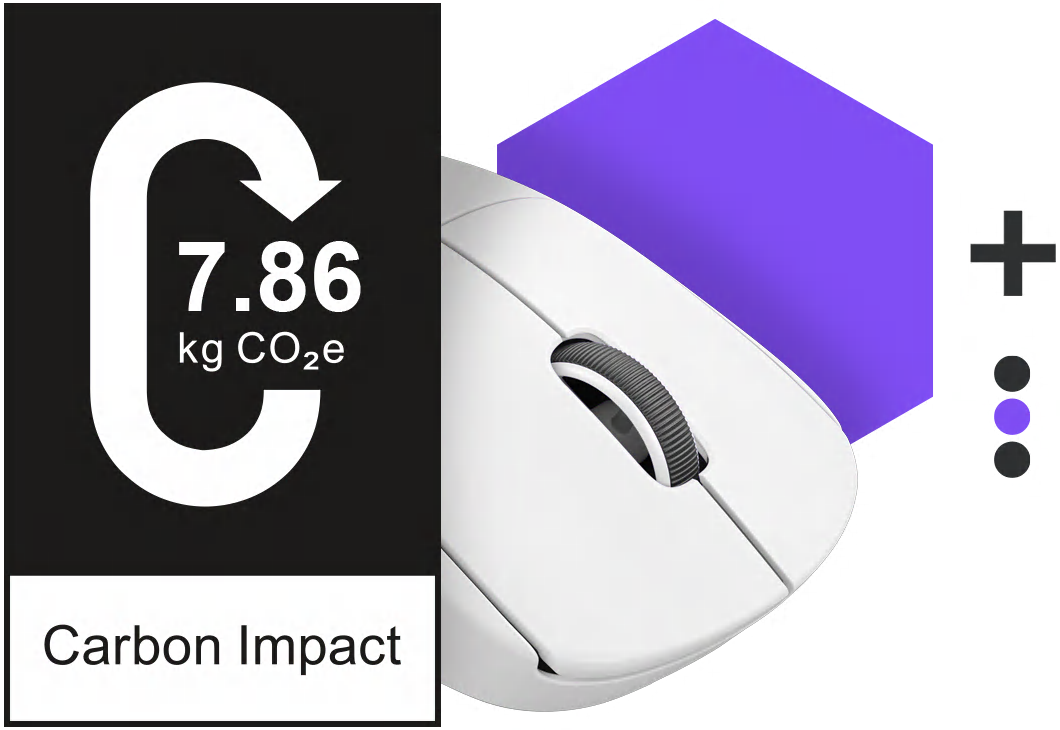
MEET THE LABEL
We’ve begun placing product carbon impact labels on packaging and throughout our website. Products with a carbon impact number have undergone a detailed analysis to determine the total amount of carbon emitted during manufacturing, transportation, use, and end-of-life. Eventually, all of our products will feature a carbon impact label.
What's Behind The Number
The number on our carbon impact label is an assessment of the total weight of CO2e emitted from a product over its entire lifecycle, from production and packaging to end of life, over a certain period of time.
Looking at a Logitech Gaming Mouse
Let’s explore the carbon footprint of the Logitech G PRO X SUPERLIGHT Wireless gaming mouse by looking at what happens at each phase of its life.
Overview
HOW WE CALCULATE THE NUMBER
A carbon footprint is measured in kilograms of CO2e. To fully measure a product’s impact you need to consider the whole lifecycle from the moment raw materials are sourced right through to the end-of-life of a product. We’ve broken down the emissions at each phase so you can better understand how the number is calculated.
The Logitech G PRO X SUPERLIGHT Wireless gaming mouse has a total carbon footprint of 7.86kg CO2e

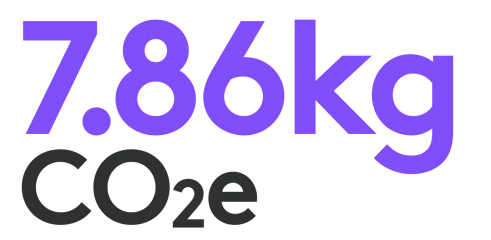
Manufacturing
SOURCING AND MANUFACTURING
This encapsulates what goes into our products and how we make them – the carbon footprint reflects the combined effect of all of the greenhouse gasses associated with sourcing the raw materials, manufacturing the components, and assembling our products, plus the energy expected to power all these processes.
This phase accounts for 66% of the PRO X SUPERLIGHT Wireless mouse’s carbon footprint.
WHERE DO WE GET THIS NUMBER FROM?
To estimate carbon impacts for this phase we work with our suppliers to collect data on everything from the electricity used during plastic molding, through all components and additives.

Transportation
STORAGE AND TRANSPORTATION
Getting our products from the factory, to our warehouse, to our retailers and e-tailers, and then ultimately to you.
This phase accounts for 20% of the PRO X SUPERLIGHT Wireless mouse’s carbon footprint.
WHERE DO WE GET THIS NUMBER FROM?
We estimate the storage and transportation phase impacts by gathering detailed information on the journey our product takes. From the boats, planes, trains, and trucks distributing our products internationally, we measure the carbon impact of it all.

How It's Used
IN-USE
This is where you come in – this number represents at-home, or ‘in-use’, energy consumption.
This phase accounts for 8% of the PRO X SUPERLIGHT Wireless mouse’s carbon footprint.
WHERE DO WE GET THIS NUMBER FROM?
We calculate the impact by looking at the average electricity consumption, even taking into account how electricity is generated in the different countries we ship to, and the power needed by your products, over a certain time period.

End-of-Life
END-OF-LIFE
This refers to how our products are disposed, including the physical product, its batteries, packaging, and whether they are recycled or sent to landfills.
This phase accounts for 6% of the PRO X SUPERLIGHT Wireless mouse’s carbon footprint.
WHERE DO WE GET THIS NUMBER FROM?
This is based on the typical disposal patterns of electronic goods and the average emissions spent processing these items in various facilities. We're working to bring this number down and to increase the amount of recycled and recyclable material used in our products and packaging.
When your product reaches its end of life and can no longer be reused or repaired, please ensure your products are recycled. This way, materials from your product can be given a second life.

WHAT’S IN A KILOGRAM?
Knowing a product’s carbon impact is important, but it doesn’t mean much on its own. To help you understand carbon impact, here are a few estimations of what 1, 5, and 20 kg of CO2 is equivalent to in everyday activities.

Using a low energy light bulb
33 days
Driving on average, gasoline-powered car
2 miles
Charging on average smartphone
122 times

Using a low energy light bulb
166 days
Driving on average, gasoline-powered car
12 miles
Charging on average smartphone
608 times

Using a low energy light bulb
664 days
Driving on average, gasoline-powered car
49 miles
Charging on average smartphone
2433 times
THE FIRST, BUT NOT THE LAST
In June 2020, we became the first consumer electronics company to commit to labeling all of our products with their carbon footprint, but we hope we won’t be the last. That’s why we’re open-sourcing the methodology and labeling process to anyone interested. We hope others will join us in sharing and building on what we've learned together, so that you can make more informed choices.
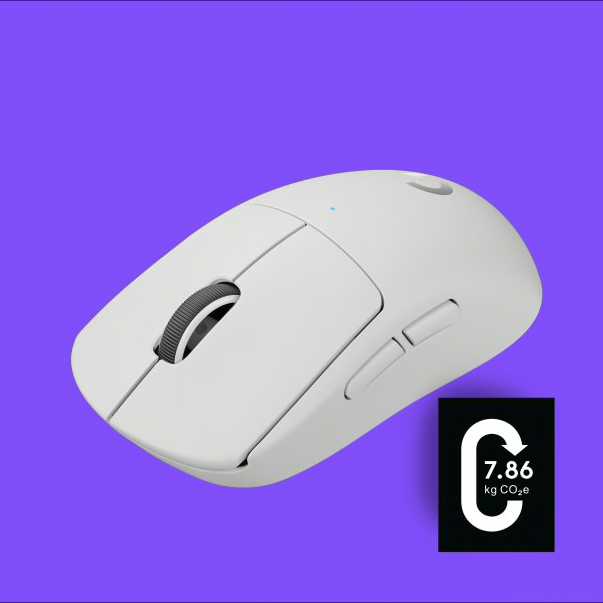

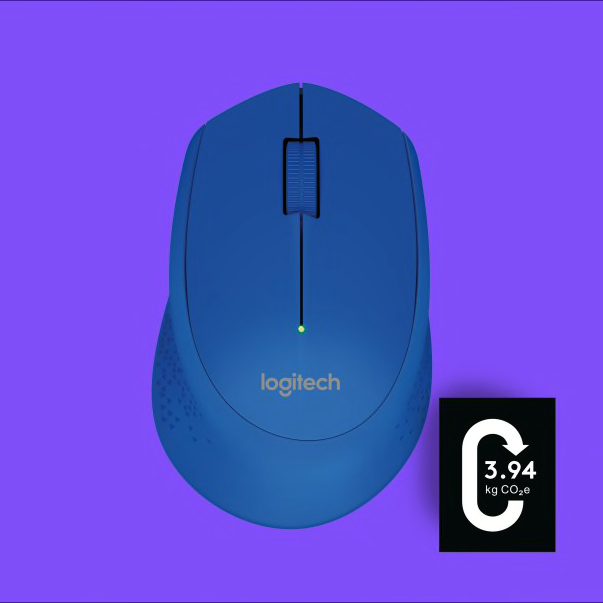
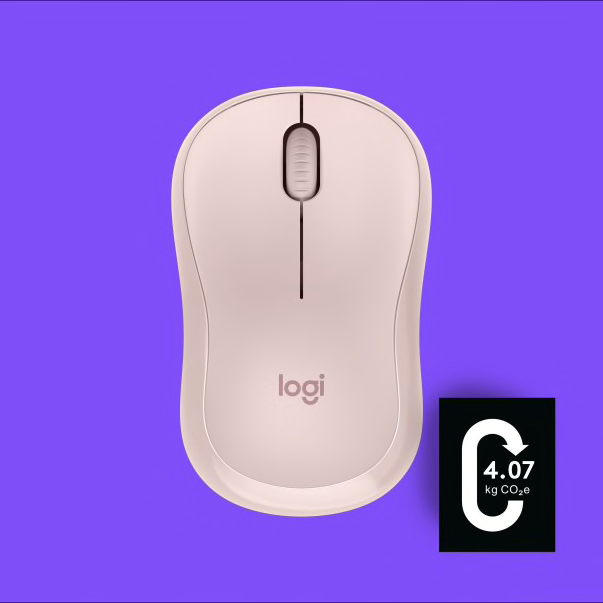
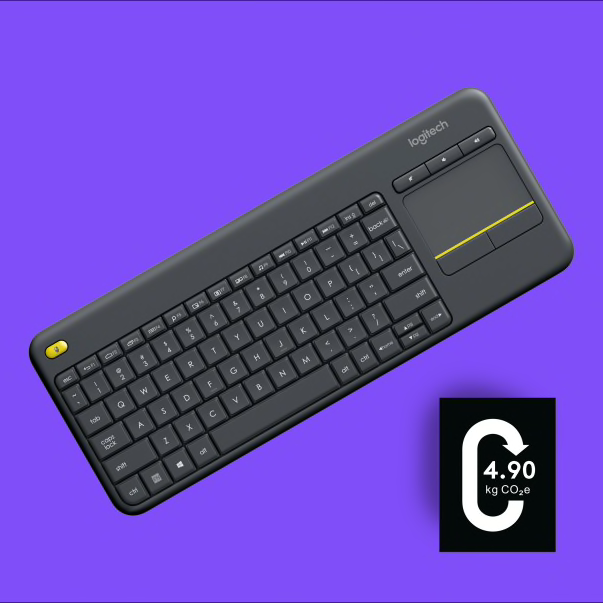



THE START OF SOMETHING BIG
As part of our commitment to transparency, one day, all of our products will feature a carbon impact label. With hundreds of products this takes time, especially when we work with external experts to ensure the data is validated.
Here is a selection of products that already have the carbon impact label.
